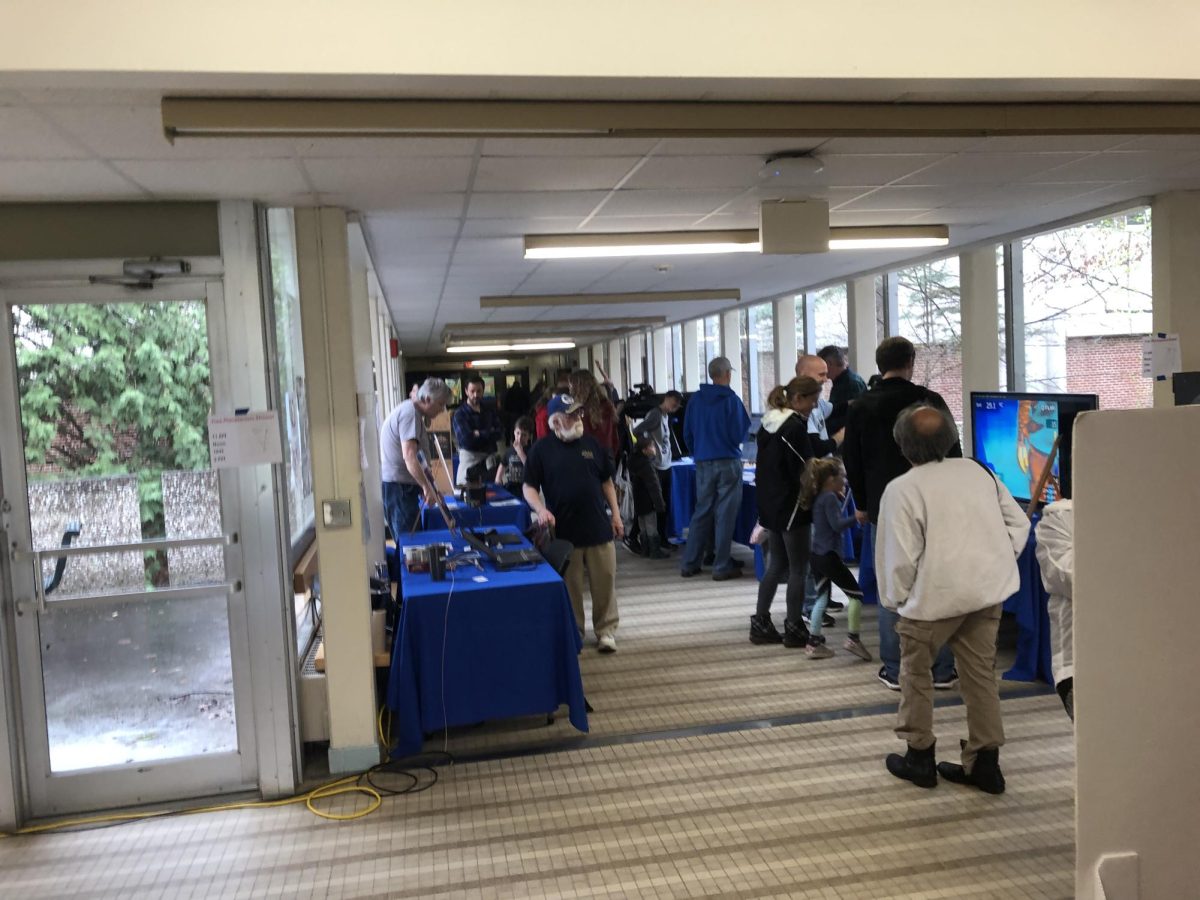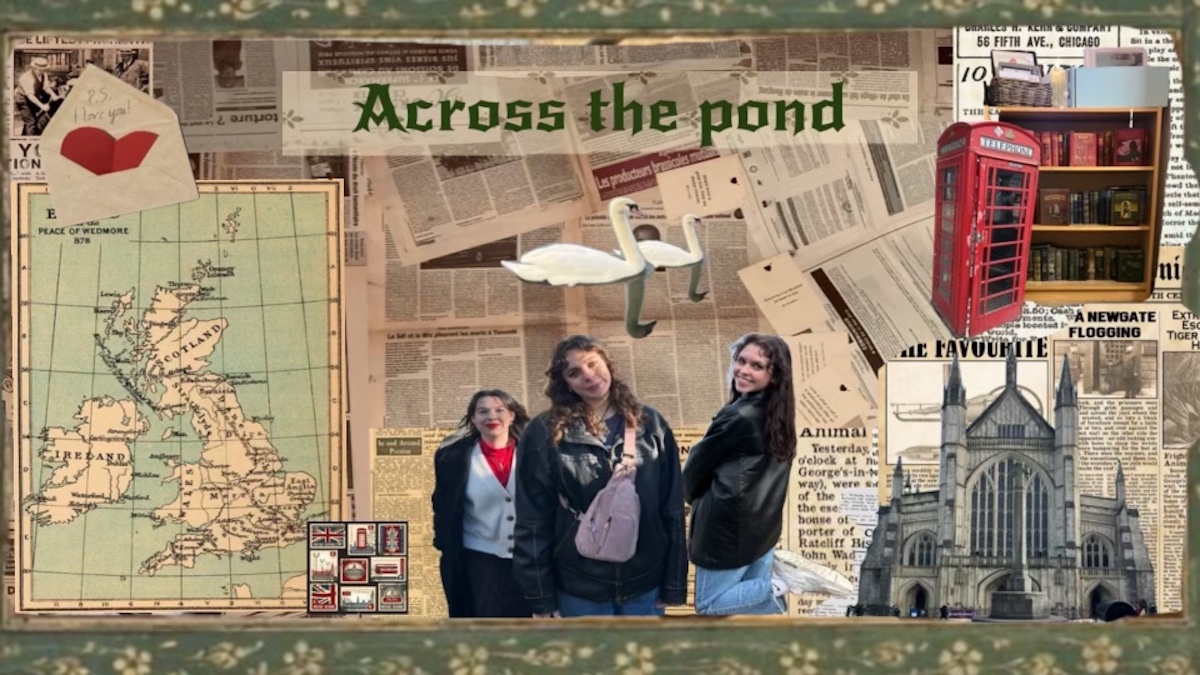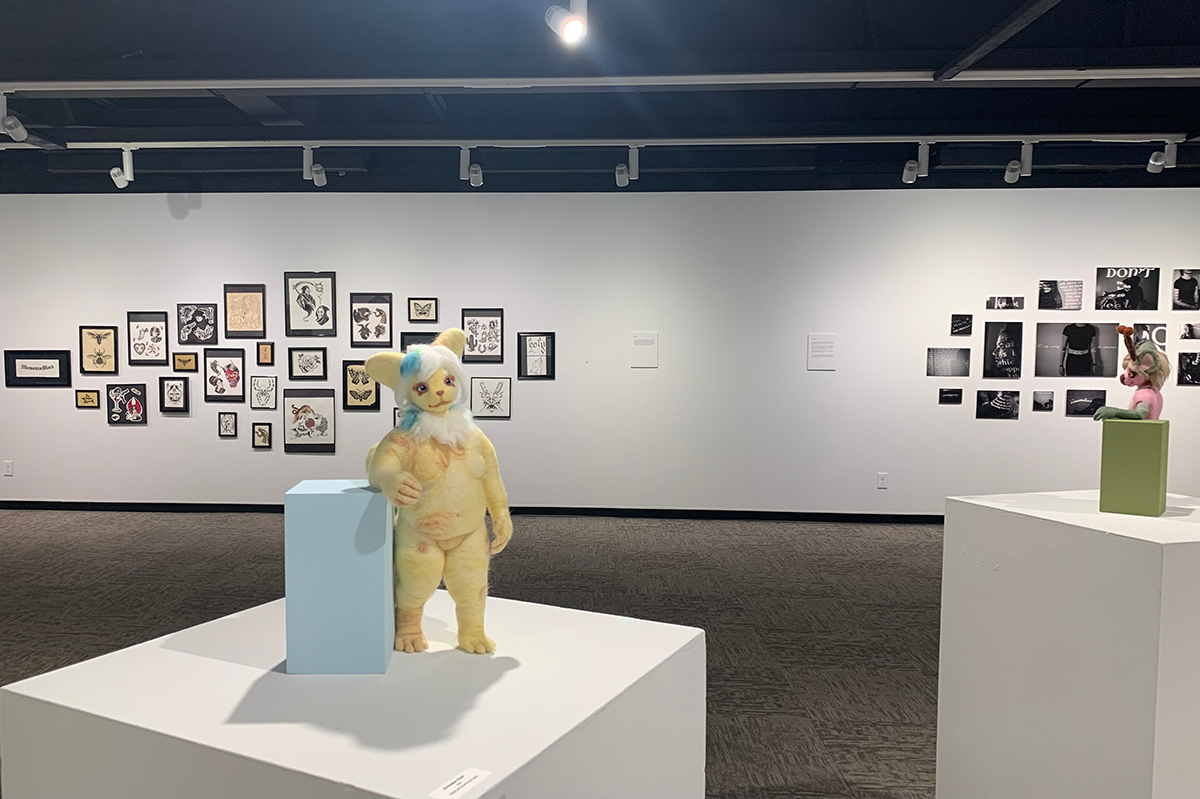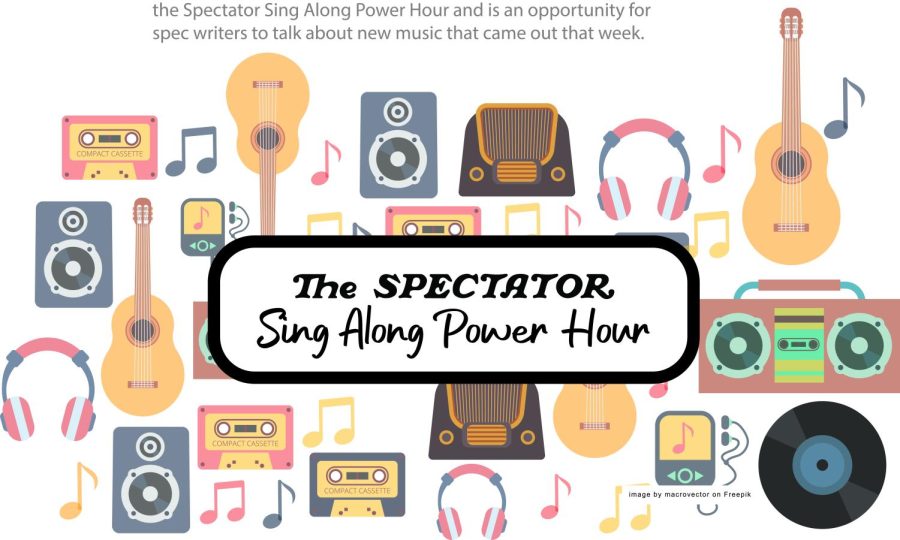The art world is changing dramatically.
UW-Eau Claire’s Foster Art Gallery is currently exhibiting a digital art exhibit run by Jian Luo, an assistant professor of art and design, featuring pieces created using digital means rather than physical brushes and pencils.
The show opened on Jan. 27th, and its last day will be Feb. 17th. The exhibit features portraits made from digital painting to fractals and algorithmic imagery, which involves the use of mathematics.
Junior Meghan Murphy works at supervising the Foster Art Gallery and said for the most part, people seem to be enjoying the pieces.
“I’m a graphic design major, so I understand what goes into creating art like this,” said Murphy. “This is not something that just anybody could make.”
Jian Luo, the curator, arranged the display by inviting each artist to submit their work. Each artist e-mailed a file of each work, which was then uploaded and printed out in Eau Claire.
Lampo Leong, one of the featured artists, came to Eau Claire last Friday during the show’s opening, to provide an additional lecture in Chinese calligraphy.
According to Tom Wagener, director of the Foster Art Gallery, digital art is a fairly new medium, which is currently struggling with slow acceptance in the art community.
Wagener said that some feel that since the projects were created with technology other than the traditional media, it does not count as “real” art.
Murphy said that people that come into the gallery have to spend a long time looking at the multimedia pieces because they are so complex.
Wagener said he encourages students to attend the display because it is a demonstration of emerging art forms working to broaden a viewer’s perception of art, as its purpose challenges it. The digital age is now and it is evolving, so the younger generation can relate to the exhibit more.
Digital imagery is part of everyday life, Wagener added, such as the video and computer games played, television watched, and even some advertising absorbed on a regular basis.
Because digital art is so abundant, there is little thought given to the process of creating that particular image. But, Wagener said, by looking at it on display, one can realize that it is just as artful as a traditional painting.






